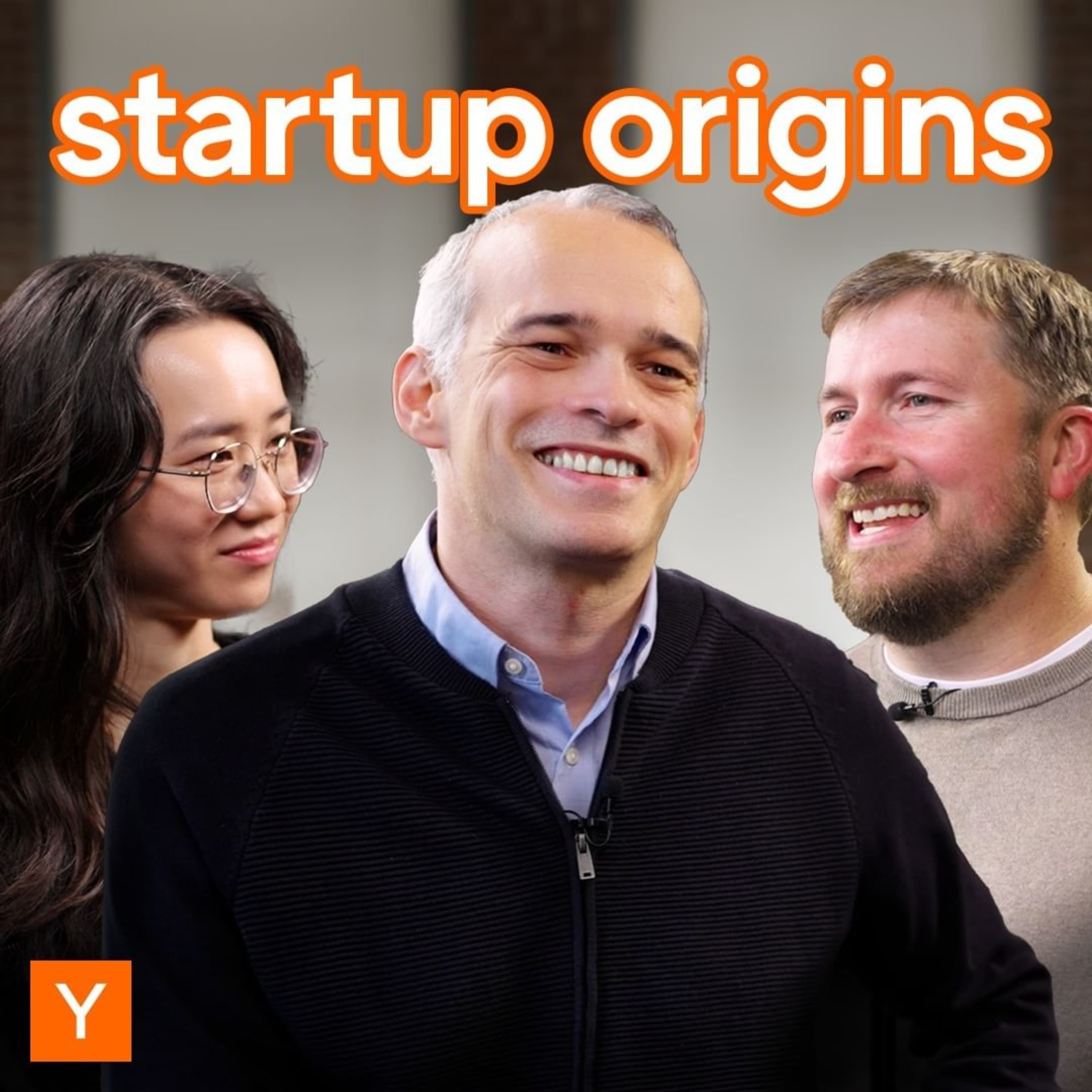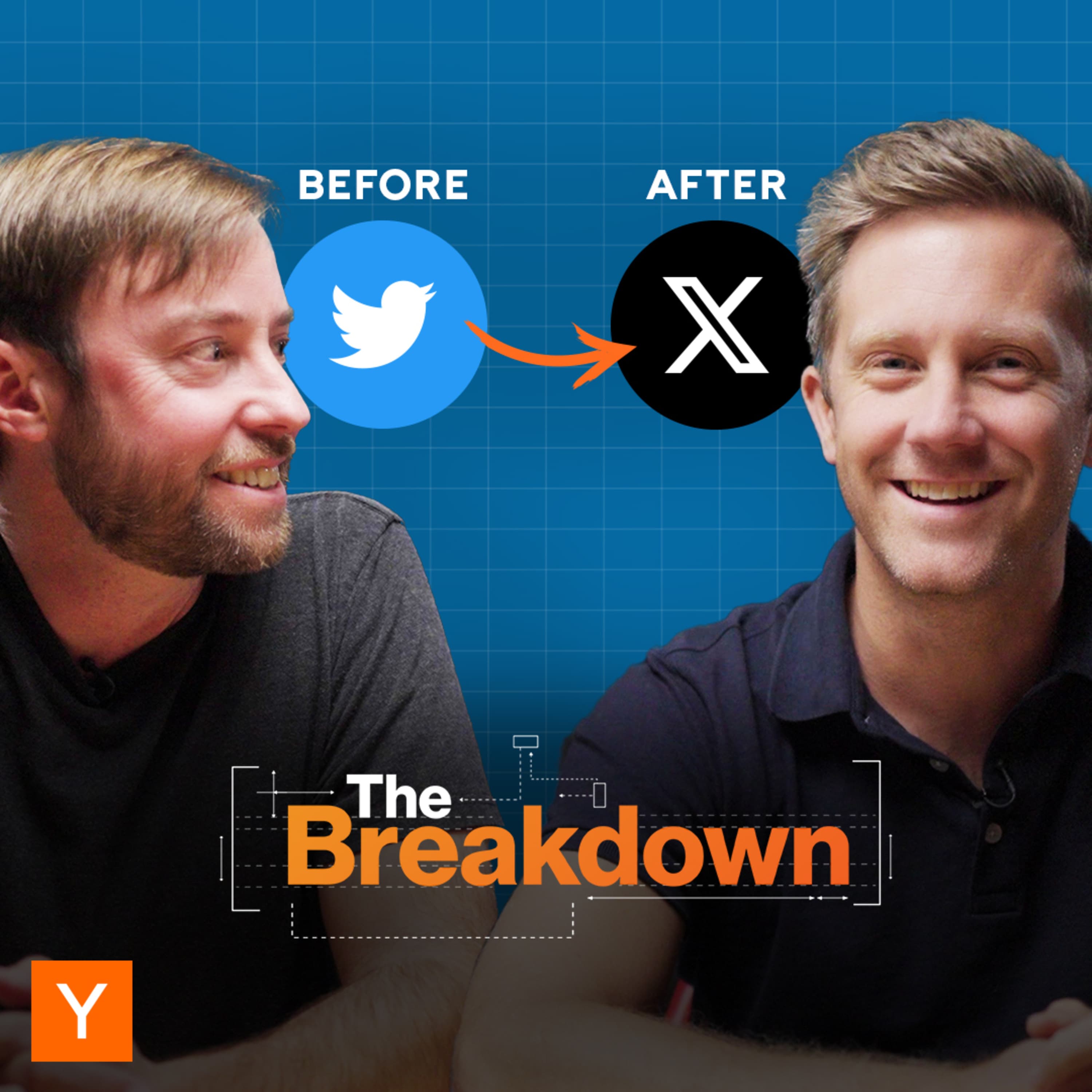
October 16, 2024
Navigating the Tech Founder's Journey: Insights from Diana Hu
A technical founder is an integral part of any startup. They are not just someone who builds an app, but a partner in the entire journey of a startup. As Diana Hu, a group partner at YC and former CTO of Escher Reality, puts it, "A technical founder is a partner in this whole journey of a startup and it requires a really intense level of commitment. You're not just a dev."
The role of a technical founder is multifaceted. They lead the building of the product, engage with users, and make critical technology choices. They may even take on the role of CEO or CTO, depending on the product, industry, and team composition.
In the early stages of a startup, the role of a technical founder is akin to being a lead developer. They are in charge of putting the project together, building it, and getting it to the finish line. However, there are some key differences. As Diana explains, "You got to do all the tech things. Like if you're doing software, you're going to have to do the front end, the backend DevOps, the website, the UX, even it to provision the Google accounts, anything."
The role of the technical founder evolves as the company grows. They must be comfortable with technical debt, inefficient processes, and a lot of chaos. They must be committed to the success of the company, which means doing whatever it takes to make it work.
Building in Different Stages: From Ideation to MVP
The process of building a startup from ideation to MVP involves several stages. Diana shares her experience at Escher Reality, "I know a few things about building something from was just an idea, to then a prototype to launching an MVP, which is a bit duct tapey, to then scaling it and getting to product market fit and scaling systems to millions of users."
The first stage is ideation, where the goal is to build a prototype as quickly as possible. The prototype doesn't have to be perfect; it just needs to show the potential of the idea. Diana advises, "The goal here is to build a prototype as soon as possible, with the singular focus to build something to show and demo to users."
Once there is enough interest in the prototype, the next stage is to build an MVP (Minimum Viable Product) that works and can be launched. This should be done quickly, ideally in a matter of weeks for most software companies. The goal at this stage is to get commitment from users to use the product, ideally by getting them to pay.
However, Diana warns against hiring at this stage as it can slow down the process and prevent founders from developing key insights about their product.
The Art of Making Technology Choices and Managing Technical Debt
Technical debt is a concept in software development that reflects the extra development work that arises when code that is easy to implement in the short run is used instead of applying the best overall solution. Diana emphasizes that technical founders must get comfortable with technical debt, inefficient processes, and a lot of ugly code.
Making smart technology choices is crucial at every stage of a startup. As the main developer, the technical founder has to make all the tech choices. They must prioritize action and speed, often deciding with incomplete information.
Assembling and Managing an Engineering Team
Deciding when and how to hire an engineering team is a critical decision for a technical founder. Diana advises against hiring too early as it can slow down the launch and prevent founders from gaining key insights about their product.
Managing an engineering team comes with its own set of challenges and rewards. The technical founder must maintain a productive and harmonious team while navigating the chaos of a startup.
Achieving Product-Market Fit: The Power of Iteration and Adaptation
Product-market fit is a crucial milestone for any startup. It means that a company has successfully identified a target audience and served them with a product that satisfies their needs. Diana emphasizes the importance of continuously iterating and adapting to achieve product-market fit.
Startups that have achieved product-market fit have done so through a process of iteration and adaptation. They have been able to pivot and adapt their product based on user feedback and market trends.
In conclusion, being a technical founder is a challenging but rewarding journey. It requires a high level of commitment, the ability to make smart technology choices, manage a team, and continuously iterate and adapt to achieve product-market fit. Diana Hu's insights provide valuable guidance for anyone embarking on this journey.
The Role of the Technical Founder
A technical founder is a key player in any startup. They are the ones who bring the technical expertise to the table, helping to shape the product from its inception. Diana Hu, a successful technical founder herself, shares her insights on the importance and evolution of this role.
"Find a way to slice the problem to simplify it. And this can be your secret super power as a startup at the beginning, because you can move a lot quickly and large companies can't afford to do this," says Diana.
She emphasizes the importance of speed and agility in the early stages of a startup. This is where the technical founder's expertise comes into play, as they can quickly develop solutions and iterate on them.
Building in Different Stages: From Ideation to MVP
The journey from ideation to a Minimum Viable Product (MVP) is a critical phase in any startup. Diana shares her experience of developing the MVP at Escher Reality and offers tips on how to launch quickly with limited resources.
"So one thing is to balance what makes sense for your product and your personal expertise to ship as quickly as you can. Keep it simple. Don't just choose a cool new programming language just to learn it for your startup. Choose what you're dangerous enough and comfortable to launch quickly," advises Diana.
She also shares the example of DoorDash, which was able to launch quickly by focusing on a specific geographic area and using simple technology solutions.
The Art of Making Technology Choices and Managing Technical Debt
Technical debt is a reality for most startups. It's the cost of making quick and dirty technology choices that need to be fixed later. Diana offers advice on how to make smart technology choices and manage technical debt.
"The only tech choices that matter are the ones tied to your customer promises. For example, at Azure, we in fact rewrote and threw away a lot of the code multiple times as we scale in different stages of our tech. But the promise that we maintained to our customers was at the API level in unity and game engines. And that's the thing that we cannot throw away. But everything else we rewrote and that's fine," she explains.
Assembling and Managing an Engineering Team
When and how to hire an engineering team is a critical decision for any startup. Diana shares her insights on the challenges and rewards of managing an engineering team.
"This is a stage where you actually do more of the hiring. And here you're probably going to evolve from leading a small team of engineers to hiring. And your first hires are going to be people that you know," she says.
She also discusses the evolution of the technical founder's role as the team grows, noting that communication overhead increases and the founder's role may shift from coding to more strategic tasks.
Achieving Product-Market Fit: The Power of Iteration and Adaptation
Product-market fit is a crucial milestone for startups. Diana emphasizes the importance of continuously iterating and adapting to achieve this fit.
"Your goal here in the launch stage is to iterate to get towards product market fit. So principle number one is to quickly iterate with hard and soft data," she advises.
She also shares the example of Segment, a company that achieved product-market fit through continuous iteration and adaptation.
In conclusion, Diana Hu's insights as a successful technical founder provide valuable guidance for anyone embarking on the startup journey. Her emphasis on speed, simplicity, and continuous iteration offer a roadmap for navigating the challenges and opportunities of building a tech startup.
Assembling and Managing an Engineering Team
As a technical founder, one of the most significant shifts in your role comes when you start to assemble and manage an engineering team. According to Diana Hu, this usually happens after the startup has achieved product-market fit. "This is when you do it, not before now, not before product-market fit," she advises.
As you begin to hire, your role will inevitably change. "And here you're probably going to evolve from leading a small team of engineers to hiring," Diana explains. Initially, your first hires are likely to be people you already know. However, as the team grows, so does the communication overhead.
Diana shares her personal experience, "And this is when you realize your role morphs like between two to five, you still get time to code, about seven years. When you get to five to ten, you only have less than 50%. And beyond ten, you probably won't really have time to code." This shift can be challenging for many technical founders who are used to spending most of their time coding.
As the team grows, you'll have to make important decisions about your role and how to structure the team. "You have to decide how to structure things and whether you're going to remain as an architect type of role or you want to be more of a people role and be more of a VP of Engineering," Diana suggests.
Building and managing an engineering team is a critical step in a startup's journey. It requires a shift in the technical founder's role and responsibilities, but it's also an exciting opportunity to shape the company's engineering culture.
In the end, the key takeaway from Diana's talk is that startups need to move quickly. Whether it's building a prototype, launching an MVP, or assembling an engineering team, speed is of the essence. "Startups move quickly," she concludes. "So thank you everyone."

How Do Billion Dollar Startups Start? | Office Hours
A deep dive into startups' journey from humble beginnings to billion-dollar companies. The post covers various stages of a startup's life, including the early days, the battle for survival, the art of pivoting, the role of visionary founders, and the quest for product-market fit.
